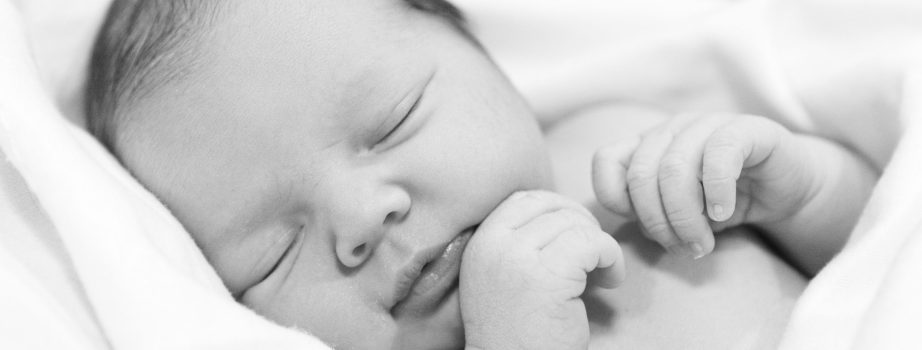While driving back from an afternoon downtown at CHC where Sonya does individual speech therapy, reading/writing and group therapy; Sonya looked at me and asked, “Mom, why don’t you have CIs, but I do?”
I have long awaited this question. On one hand, I dreaded this moment because I worried I wouldn’t answer it well. That I would be too emotional. That Sonya would be left confused or feel isolated.
But I looked forward to it too. Sonya, now three-and-a-half, is becoming increasingly self-aware. She wants to wear her hair a certain way, and is becoming more vocal about what she will and won’t put on her body each morning. Sonya now online shops with me! Lately, she has informed me that purple is no longer her favorite color. “Just pink, mommy!” (And she knows how much I hate that color 🙂

“When you were born…” I began, “you couldn’t hear. Your ears weren’t working. That’s why you have CIs. They help you to hear! When I was born, my ears worked fine, so I didn’t need to get CIs.”
I paused as I awaited Sonya’s reaction. She simply shrugged her shoulders, and said “Oh yeah. That makes sense.”
I sighed with relief. But I realize, of course, this is only the beginning of this conversation.
For this reason, I am so grateful that we have such a strong network of families with children who also have hearing loss. Each week, Sonya gets to spend an hour with her friends at group speech therapy. She loves these children (as do we) and looks forward to seeing them. We also do playdates with their families. I always thought it was sweet that she enjoyed their company so much, but now am beginning to realize the critical importance of maintaining these friendships. These children are about Sonya’s age. They also wear hearing devices. As Sonya becomes more self-aware, she will recognize that while she may be the only child in her mainstream classroom with CIs, she is not alone.

CampedUP, a summer camp for children with hearing aids and cochlear implants, is another opportunity for Sonya to connect with other children with hearing loss. We are so looking forward to another summer at this wonderful camp. Last summer, Sonya (at just two years) started putting her processors and coils back on her head by herself after this camp. This year she will meet even more children from all backgrounds. I especially love the fact that the camp is of mixed ages. Older children mentor the younger ones. Sonya is no longer the youngest and will have younger children looking up to her, too!

Additionally, I am so grateful for our friends (those of children with hearing loss and without). For parents out there reading this with young infants, I urge you to find other parents to connect to. Whether it be me (happy to respond to emails or hop on a call!) or someone closer to you, the value of having these relationships is just so important.
Has your child asked about their hearing loss? How did you respond? As we are early in our journey, I would love to hear more ways to talk about this with our kids and I am sure other readers would agree!





